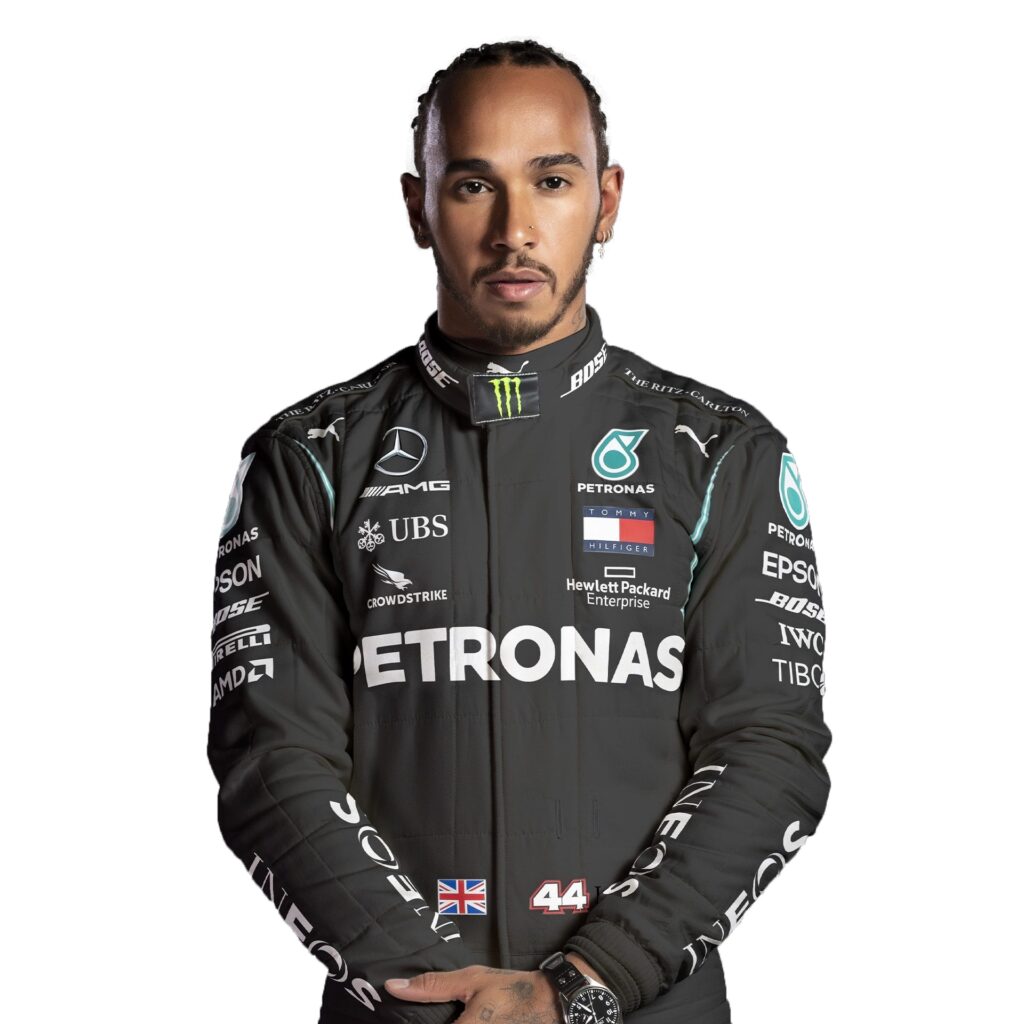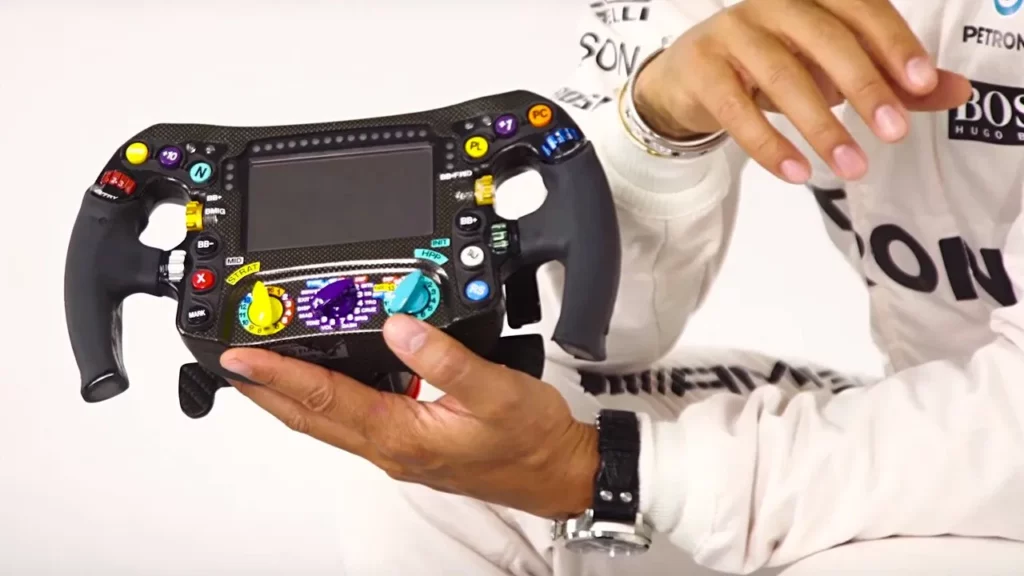With more and more people becoming their own brand, we start applying more branding concepts to the process of creating a personal brand. Below you’ll find a breakdown of how archetypes can be used to help you create your own personal brand.

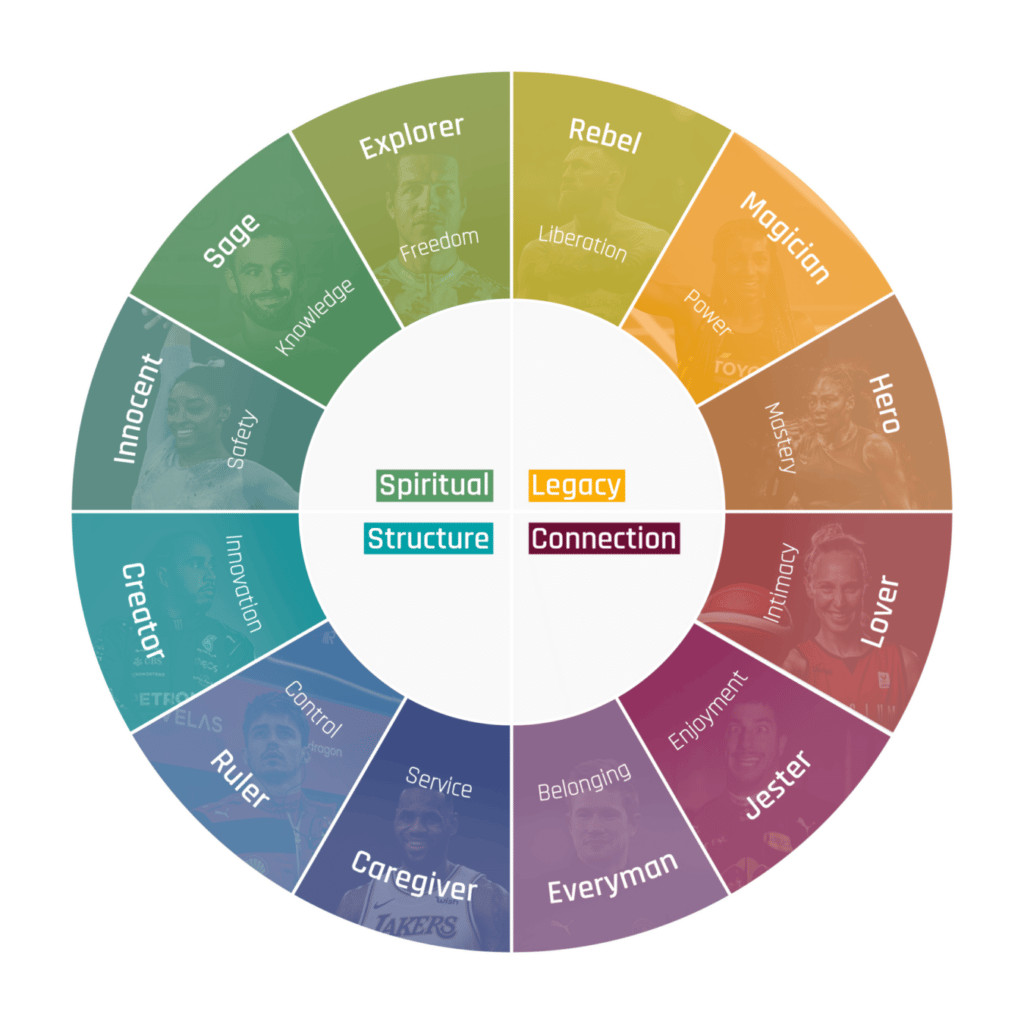
The idea of people being closely connected to businesses or a brand is a very young concept.
For thousands of years, people have learned how to interact with other people. Our brains are hardwired to find characteristics in other people to figure out whether or not we relate, connect and trust these people.
Nowadays, more and more people are becoming their own personal brand. But in the process of becoming a business they may lose just those things that make them human and relatable and lose all the power and potential of personal brands.
Defining your personal brand archetype helps you focus on staying true to your own characteristics.
Even though the true origins of archetypes in the form of people’s “intuition” can be found in Greek history more than 2000 years ago, it was Psychologist Carl Jung who studied these findings and applied them to personality, claiming we as people have a collective conscious and recognise behavioural patterns in a similar way.
It is by mimicking these behavioural patterns as a brand or person that we can tap into people’s intuition and have them connect to our personal brand on a much deeper emotional level.
Every archetype is based on 1 main human desire. Something that person longs for. This desire is the base of their fears, strategies and characteristics.
These are all of the emotional desires that are linked to a certain archetype:
THE REBEL: Liberation
THE MAGICIAN: Power
THE HERO: Mastery
THE LOVER: Intimacy
THE JESTER: Enjoyment
THE EVERYMAN: Belonging
THE CAREGIVER: Service
THE RULER: Control
THE CREATOR: Innovation
THE INNOCENT: Safety
THE SAGE: Knowledge
THE EXPLORER: Freedom
Let’s dive deeper into each one to figure out what they all mean, which one fits your brand best and what it ultimately means to pick an archetype.
One of the most common mistakes brands and personal brands make are picking a target audience that is way to broad. Trying to appeal to everybody is a utopia that you need to throw away and never look back at.
Imagine trying to create a brand that attracts 55 year old harley-davidson-riding-freedom-fighters while simultaneously trying to reach a 23 year old nursing student that loves drinking mimosas on the weekend.
You get my point…
Your brand needs to be focused and avoid confusing people that come in contact with it. Know exactly who it is that you want to be, who your target audience is and stop trying to be for everyone.
Your brand archetype can be similar to the archetype of your audience but isn’t always the case. More on that later…
Let’s start diving into to each archetype.
Driven by the emotional desire of Safety
The essence of the innocent archetype:
You’re an honest, optimistic and humble person.
What drives you:
Hapiness
Simplicity
Doing good things
Honesty
Optimism
What you fear:
Sadness
Complexity
Injustice
Betrayal
Negativity
Some of your personality traits:
Forgiving – Carefree – trustworthy – happy – pure – trusting – honest – simple – cheerful – trustworthy – authentic – youthful – transparent – straightforward – optimistic -naive – childlike – endearing – idealistic
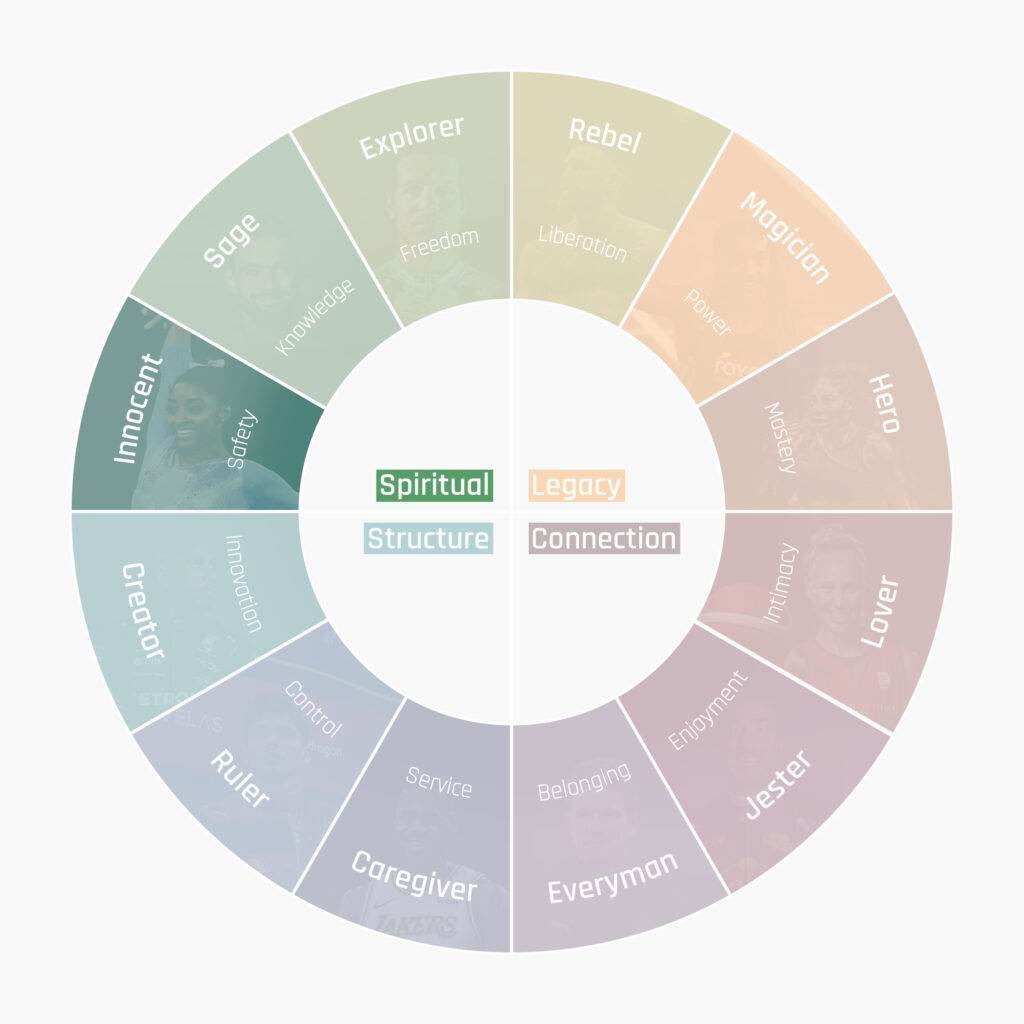
What if your target audience is the innocent type?
Innocent customers look for the simplicity in brands. They want to be loyal to brands and are looking for safety by finding the trustworthy ones. They don’t want to be associated with anything bad. They are looking for the typical perfect life, family and home. Don’t expect these people to do anything crazy. They’ll stick to what they know.
What your strategy boils down to:
You help people find their happy place by showing you prioritise happiness over everything else.. You are optimistic and want others around you to feel the same. Every brand touch point has to show the simplicity and joy of life. You always act ethical towards everybody around you.
Fonts
Rounded or soft fonts are a good choice for any innocent brand. Keep it approachable and avoid sharp or spiky fonts.
Colors
Colors can go both ways, vivid, bright and happy to make people feel happy or soft and pleasant to look at if you want to focus more on humbleness and safety.
Messaging
Your message and brand voice needs to be simple, concise, optimistic and cheerful. Don’t be salesy or pushy in your messaging.
Photography
In your imagery, it’s always a good idea to show happiness in some way. Show joyful people or peaceful nature. Anything that can refer to a person’s happy place.
Being the most accomplished American gymnast in history, including 4 gold medals, Simone Biles does some of the most incredible things you’ve ever seen.
But what makes her the innocent type, is her endless optimism and the way she changed what it means to be an elite gymnast.
A lot of things started happening after this post about pizza only 4 months before the Olympics in Rio in 2016. Being an elite gymnast requires enormous amounts of dedication and junk food isn’t usually the type of thing they would talk about.
But during her career, Simone has prioritised her personal well being, happiness and safety over her performances. Being so open about her personal wellbeing, has allowed other gymnasts to open up as well and care for their own mental health.
When she withdrew from the Tokyo olympics because of a mental block, you wouldn’t see her moping on the side. Instead, she was loudly cheering on her teammates, showing the eternal optimism that is so characteristic for an innocent archetype.
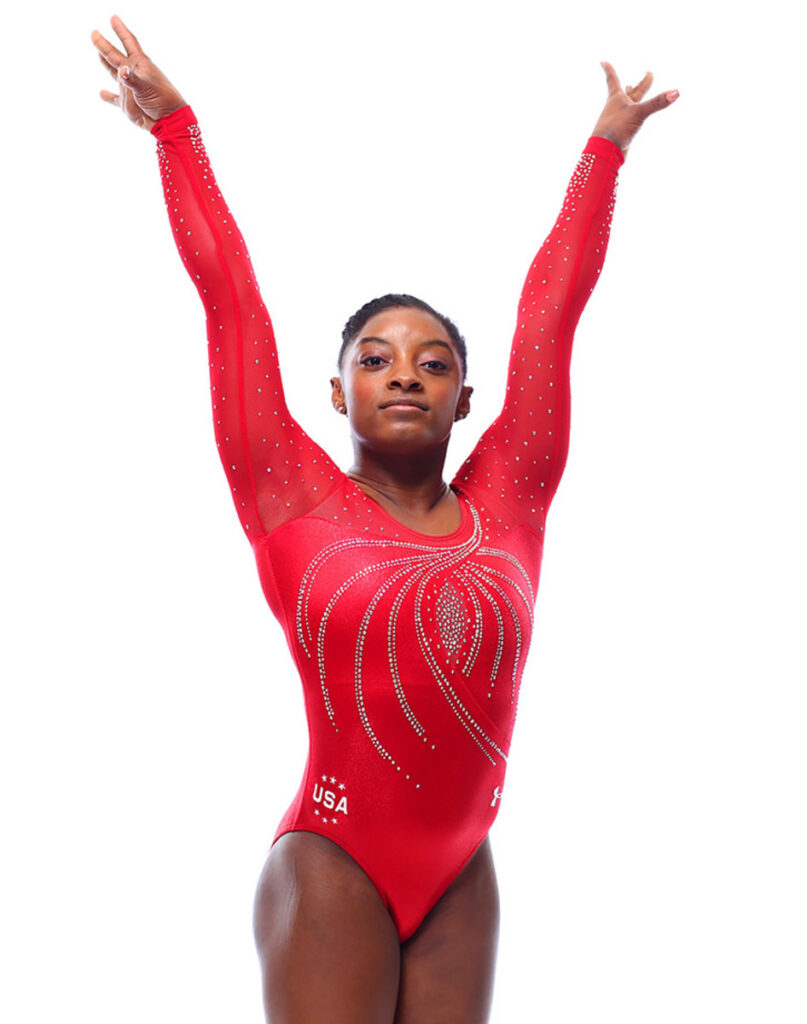

Driven by the emotional desire of Understanding
The essence of the sage archetype:
You believe wisdom is the greatest power.
What drives you:
Independence
Knowledge
Fulfillment
Expertise
Information
What you fear:
Lack of knowledge
Being powerless
Inaccuracy
Misinformation
Being deceived
Some of your personality traits:
Caring – Determined – Incorruptible – Insightful – Knowledgeable – Logical – Patient – Rational – Wise
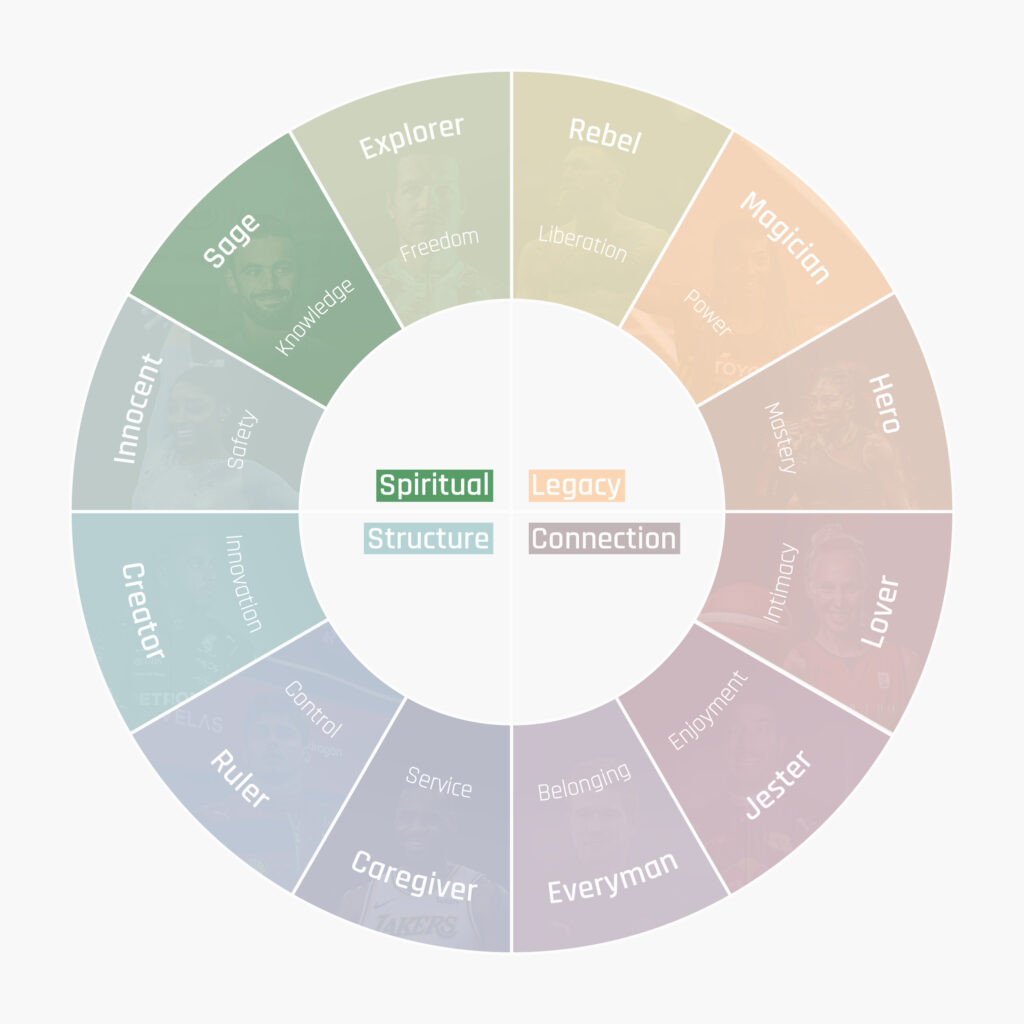
What if your target audience is the sage type?
Sage customer won’t succumb to cheap marketing tactics. They want to be informed by brands in order to make their own decisions. They want to constantly be learning and love researching information for themselves. Don’t dumb down your messaging to these people, they can take it.
What your strategy boils down to:
As a sage brand your one and only priority is to communicate the truth. If you want every single piece of communication to be backed up by data, research and experience and want to help your adience find out the truth for themselves… You’re probably a sage brand.
Fonts
Classic and trustworthy fonts work great for a sage brand. Nothing too crazy.
Colors
The color pallet of a sage brand is often neutral or subtle. You’re colors shouldn’t distract too much from what people need to see.
Messaging
Smart and intelligent wording can be used as a sage brand. Be factual in your message and back it up with data and research. Usually the messaging would be authoritative as well, because you are confident in your knowledge.
Photography
A clean, minimalistic approach works good for a sage brand when it comes to photography. Also using visuals that are linked to wisdom will work well.
As a time trial cyclist. Victor knows his way around a bike. As the reigning world record holder on the track (55,089 meters in one hour) he has achieved some very impressive feats.
But what some people don’t know, is that Victor was obsessed with every little detail when it came to riding his bike. Endless hours of optimising his bike and researching the best possible strategies all went on behind the scenes of his incredible world record. This search of knowledge and wisdom is a great example of something a Sage would do.
But it doesn’t stop there, what really makes Victor a Sage is wanting to share his knowledge with others. He has a youtube channel where you can find plenty of videos of his bike setup, what he eats and plenty of other tips and tricks.
That way, he helps his audience understand things better and helps them gain the knowledge they need.
His secundary archetype is a Jester, in case you couldn’t tell from his hilarious videos.
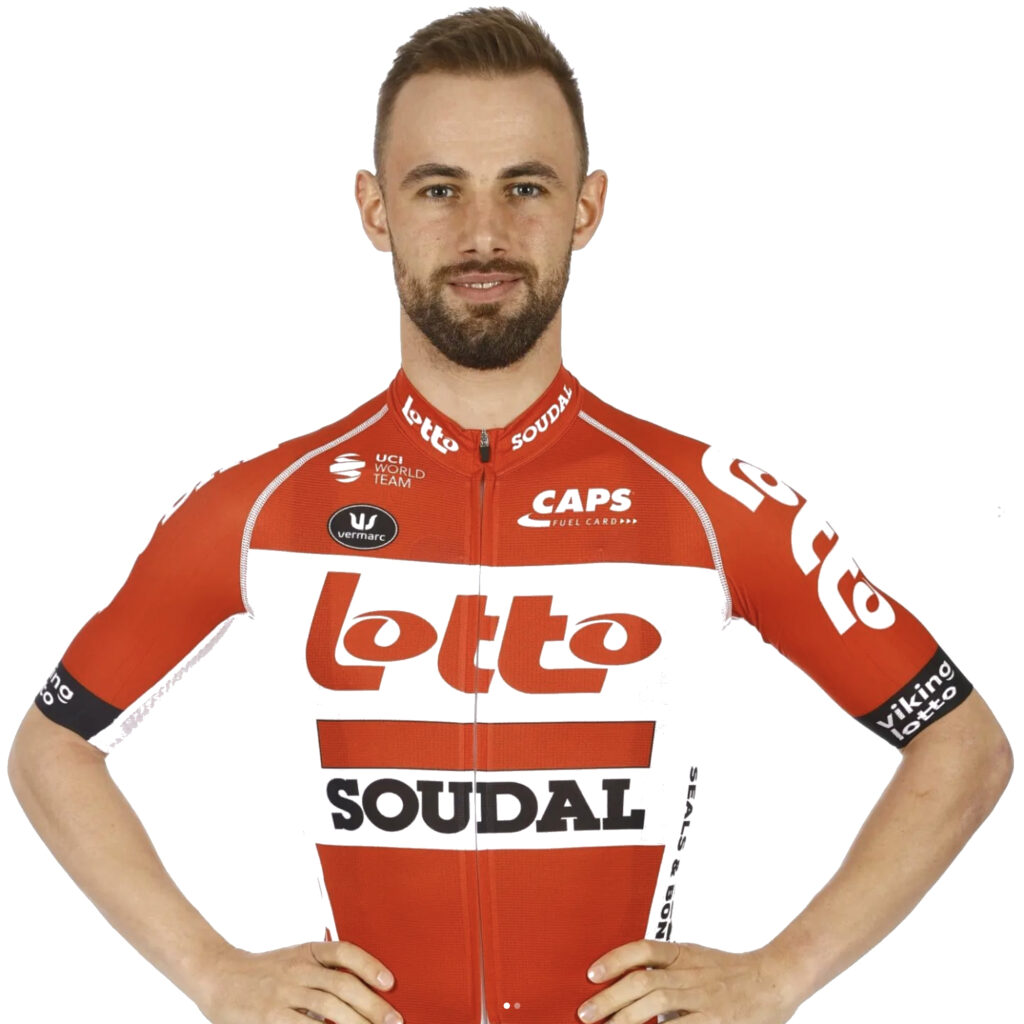

Driven by the emotional desire of Discovery
The essence of the explorer archetype:
Your desire to freely find yourself on a different path is strong.
What drives you:
Freedom
Adventure
To explore
The unknown
Self discovery
What you fear:
Being trapped
Carefulness
Monotony
Feeling empty
Being purposeless
Some of your personality traits:
Independent – ambitious – individualistic – self-sufficient – innovative – ambitious – bold – non-conformist – daring – curious – authentic – adventurous
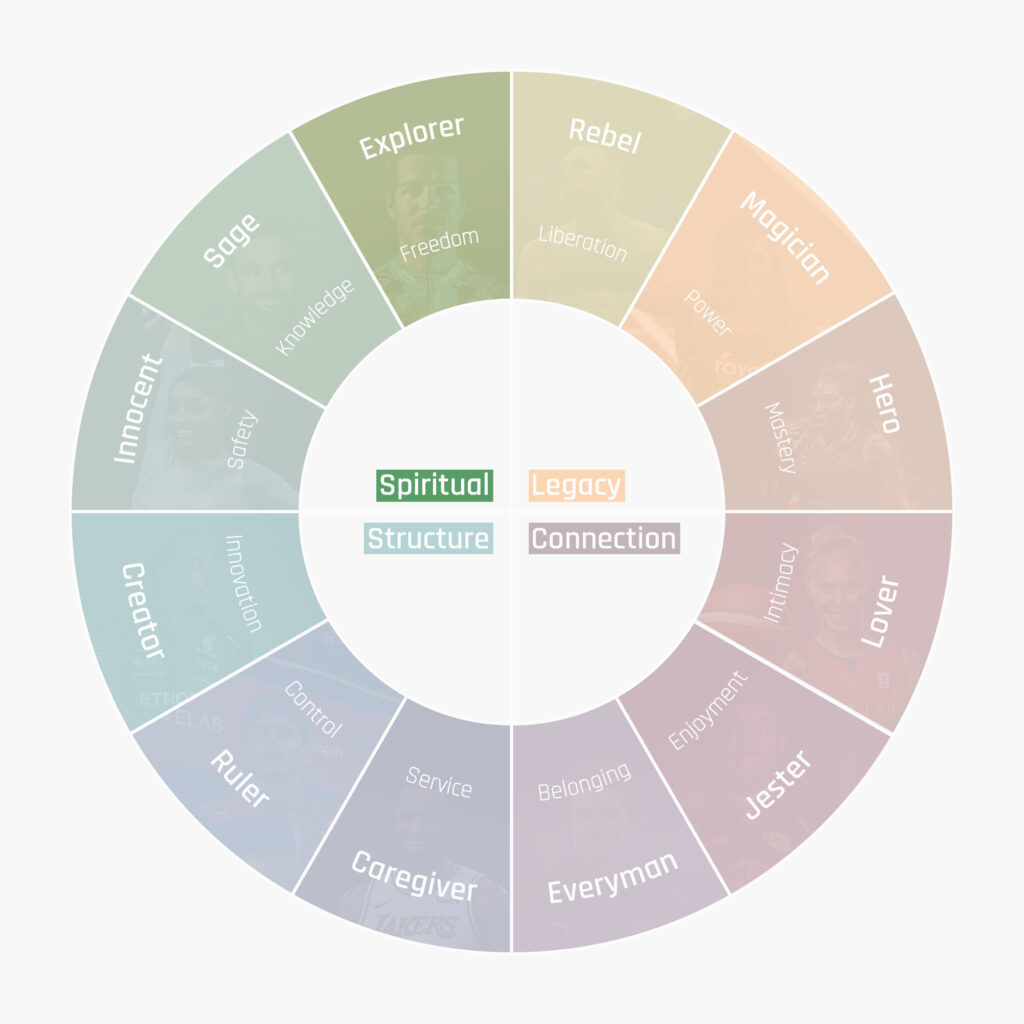
What if your target audience is the explorer type?
Often the explorer customer isn’t the one that is out there traveling all the time. But often they are the people that are trapped in a corporate system that want to get out there and explore the world. These are the people that will strongly relate to an explorer brand. They are often fans of the outdoor and are attracted to authentic brands. Brand loyalty does not come easy for an explorer customer.
What your strategy boils down to:
The main thing an explorer brand must do is help people find themselves through exploration. If you help them with their self-discovery and guide them along a different path you might just be an explorer brand.
Fonts
A natural font with an organic feel to it can work great for an explorer brand.
Colors
Using colors that are taken straight from nature are a great move. Earthy and
organic tones work great. Avoid colors that aren’t found in nature.
Messaging
Your messaging should be uplifting and encouraging. Allowing people to find the
motivation to start their path to self-discovery.
Photography
Using pictures of nature, landscapes or people that are on a path to finding themselves work very well.
Another cyclist on our list, we had the pleasure of working on Bert’s Brand identity and helped him create his website. During our conversations, it was clear that Bert is somebody that strongly believes in finding yourself on your own path.
He doesn’t want to necessarily tell people that they need to go out and do that. He wants to serve as an example to people that you have control over your own freedom and that you should grab life by the horns.
You’ll often find Bert outside, enjoying nature. Bert loves all types of outdoor sports that put him in a flow state of mind. His life has always revolved around his professional cycling career. But know, he’s ready to find a great balance in his life and enjoy his family, sports, nature and the freedom that he has.
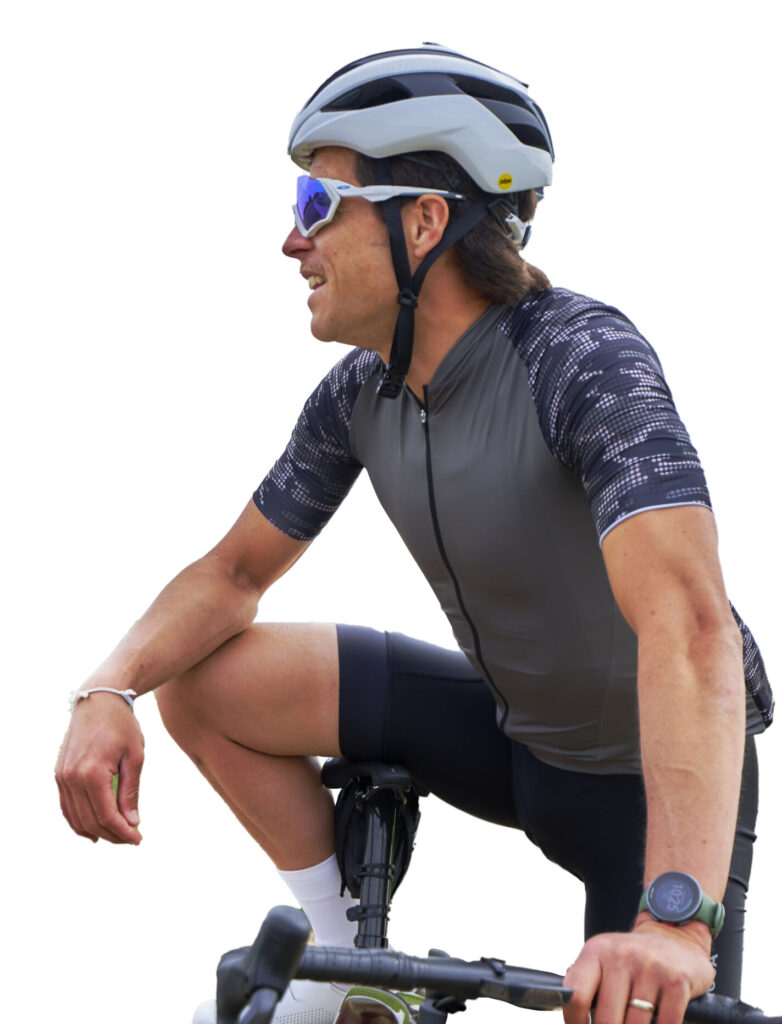

Driven by the emotional desire of Revolution
The essence of the rebel archetype:
To overturn what doesn’t work and to do it your way.
What drives you:
Liberation
Change
Revenge
Independence
Righteousness
What you fear:
Servitude
Acceptance
Dependence
Conformity
Boringness
Some of your personality traits:
Sharp – Free spirited – Brave – Daring – Uncontrollable – Provocative – Disruptive – Revolutionary – Outsider – Shocking – Radical
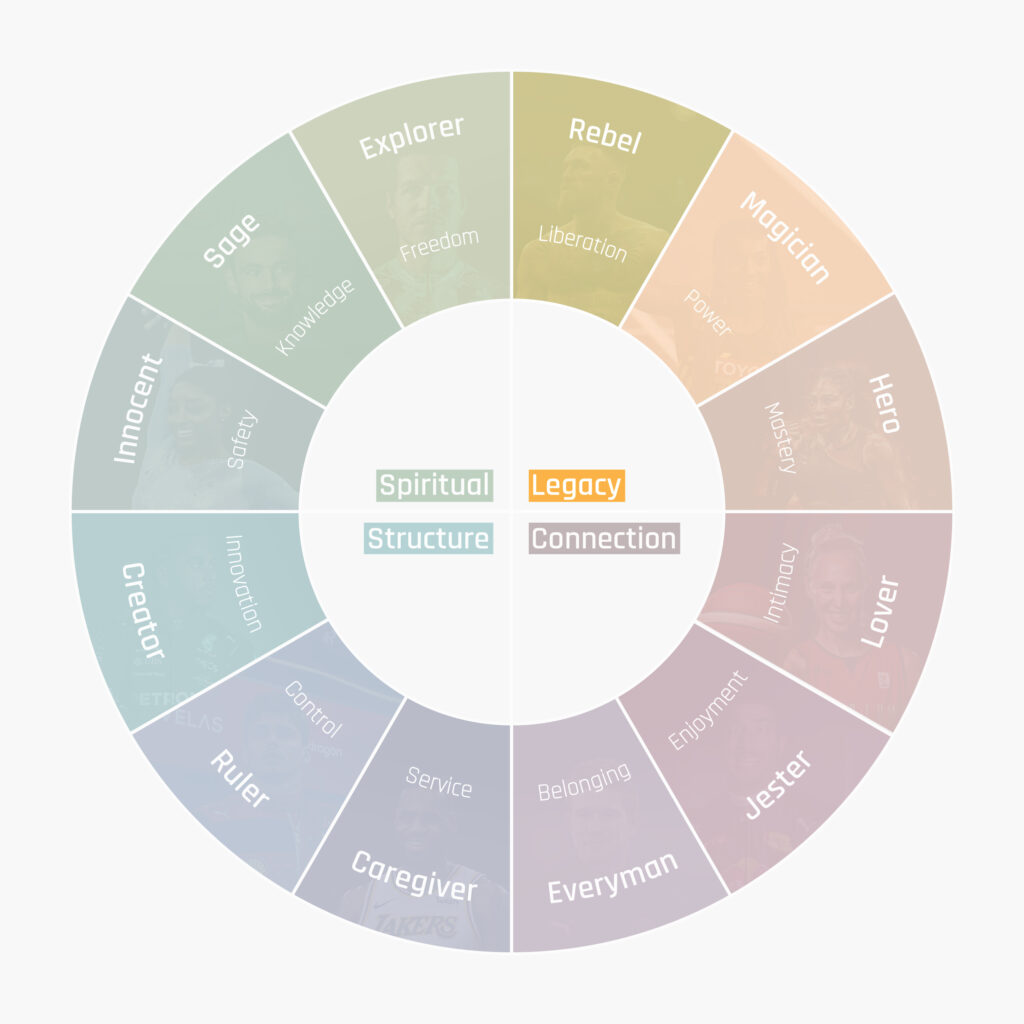
What if your target audience is the rebel type?
Rebel consumers often feel like they aren’t part of the mainstream. They find fulfillment in shocking acts and are looking for freedom. But a rebel consumer can also be somebody that very well falls in line with society but simply needs a way to take the edge off once in a while.
What your strategy boils down to:
Your products and services defy the status quo and are built to disrupt the common market. Often your way of approaching things can offend some people but hey, if nobody loves it, nobody hates it right? You shouldn’t be afraid to be extreme as a rebel brand. You will offend some people here and there but in the end you’re looking for people that stand behind your cause, no matter what needs to be done to get there.
Fonts
Consider using strong and bold fonts. You could add a little grunge to the fonts as well or other textures that enforce rebellion.
Colors
Use dark colors with a wild accent here and there. A powerful red or bright orange could represent the rebellious side. The darker vibe of the images could refer you are a brand you shouldn’t be messing with. Sometimes a very bright color pallet with very saturated colors can work as well for a rebel brand. Try to find what the norm is within your industry, and go against that.
Messaging
Don’t be afraid to say it how it is. You might hurt some people’s feelings in the process but a rebel is not here to care about what other people think… They have a mission to change the world and their messaging shows just that.
Photography
Your image style should be strong with some mystery in it. Try to match the color pallet. For example if you are using earthy tones, use the same tones within your images. Photography and images are a great way to instantly shock people.
After only fighting UFC for 1 year, McGregor was already a full rebel. When one of his opponents asked him if he knew what wrestling was he had a fitting “rebel” response.
“I can rest my balls on your forehead.”
The tone was set for the rest of his career and his personal brand. Conor has a complete disregard for rules and loves doing things his way. He is not afraid to kick a few shins on his way to the top. Badum tss..
With a nickname like “the notorious”, Conor has paved the way for fighters in the UFC to increase their reach and fame outside of the arena. With viral quotes and an uncontrollable way about him, he’s created a large audience which has lead to a succesfull launch of his whiskey brand “Proper No. twelve”.
Who said fighters had to stick to fighting? Conor definitely doesn’t think so.
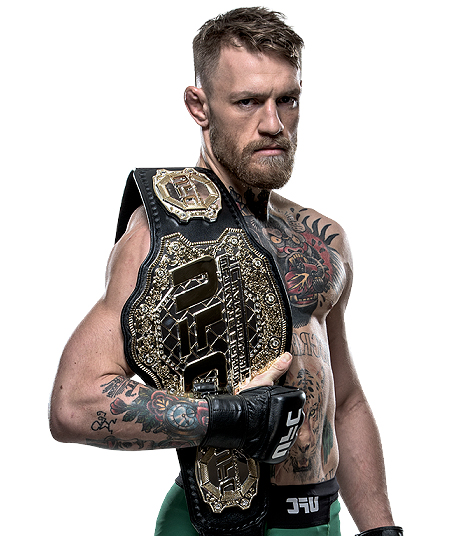
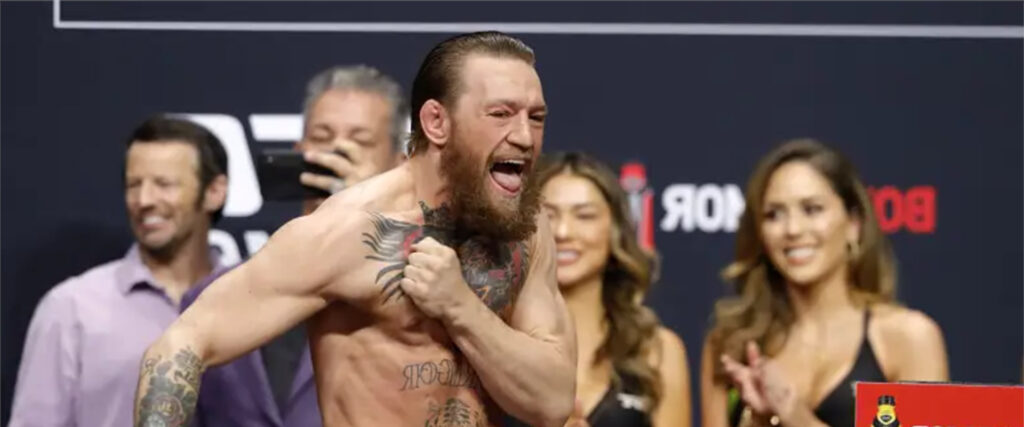
Driven by the emotional desire of Power
The essence of the Magician archetype:
To amaze people with your power or kowledge.
What drives you:
Transformation
Knowledge
Vision
Belief
Discovery
What you fear:
Consequence
Stagnation
Ignorance
Doubt
Uncertainty
Some of your personality traits:
Informed – Powerful – Inspiring – Mystical – Charismatic – Driven – Dynamic – Influential – Clever – Open Minded
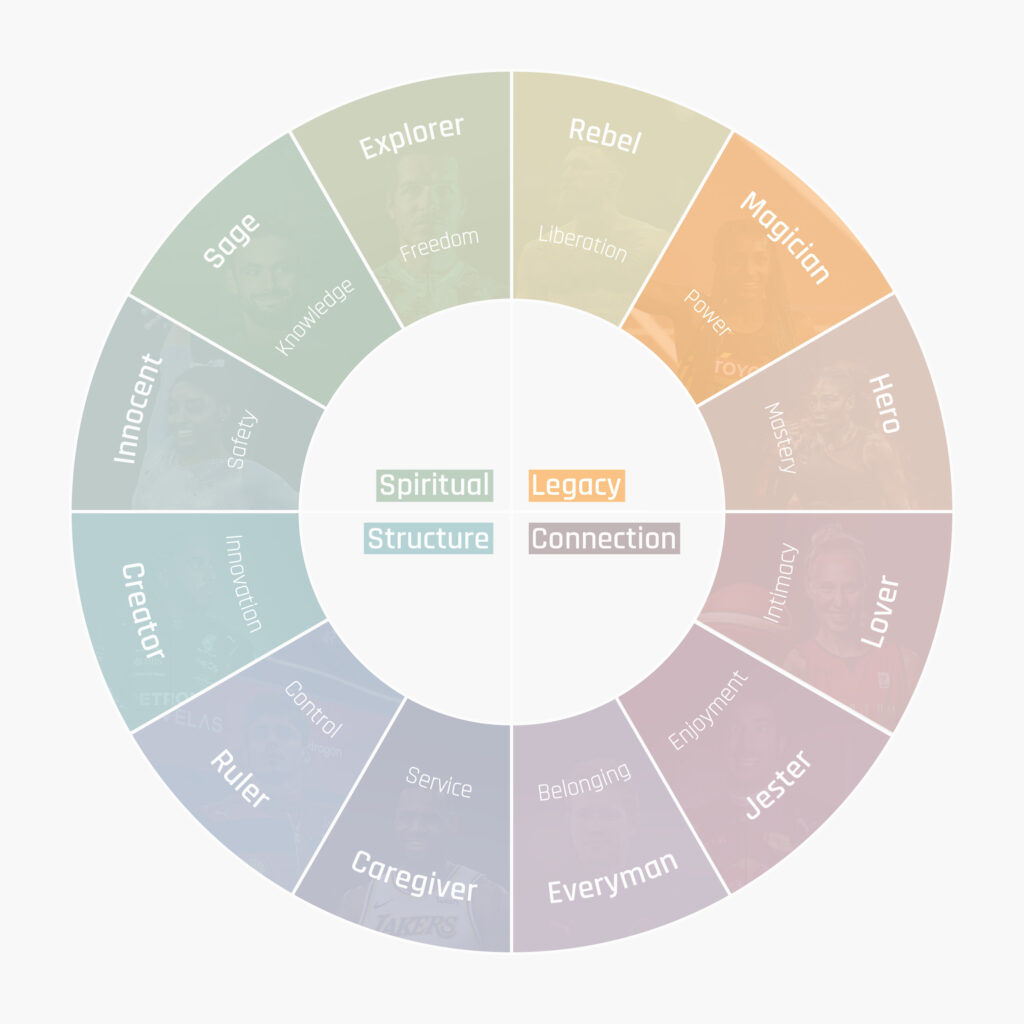
What if your target audience is the magician type?
A magician consumer will usually believe in a higher consciousness and grasp concepts like karma. Alternatively a magician may also quickly turn to science or nature to explain everything. They are motivated by personal transformation and want
to change the world around them. They are usually charismatic by nature. When targeting these people, it is important to stay true to your identity.
What your strategy boils down to:
As a magician you want to help people in their desire to transform. You need to be able to play around with the secrets and knowledge that people don’t easily understand. You must be willing to take risks to reach your dreams. You should Have a big, bold and clear vision and do everything within your natural and supernatural power to fulfill that vision.
Fonts
Big headlines and playful fonts are perfect for a magician brand. Impress people with beautiful typography and show your versatility.
Colors
A magician brand’s color palette is usually very rich and full of color stimulating the imagination of the audience.
Messaging
Be grandiose, articulate and fascinate people. Take every opportunity you have to impress people and wow them with your knowledge or powers.
Photography
Your image style can include either a very high tech approach on one end of the spectrum or a celestial, magical approach. It’s okay to manipulate pictures to create something unbelievable.
Nafi has always acted as a role model. Whether it is for kids aspiring to be like her or fighting for more attention for women’s sports.
You can often find motivational quotes like “Dream Big” on her social media and see her name linked to plenty of campaigns that are meant to empower people. As an ambassador for Unicef she wants to empower children in need with a strong education.
When you look at some of her unbelievable athletic achievements (like becoming an olympic-, world- and European champion) we can sometimes only look back and think:
“How is she doing this? She has to be a magician”


Driven by the emotional desire of Mastery
The essence of the Hero archetype:
To rise to the challenge and triumph.
What drives you:
Mastery
Courage
Winning
Development
Growth
What you fear:
Incompetence
Cowardice
Failure
Deterioration
Unable to do something
Some of your personality traits:
Courageous – Strong – Good – Brave – Appreciative – Triumphant – Winner – Learner – Bold – Confident – Energetic – Dominant.
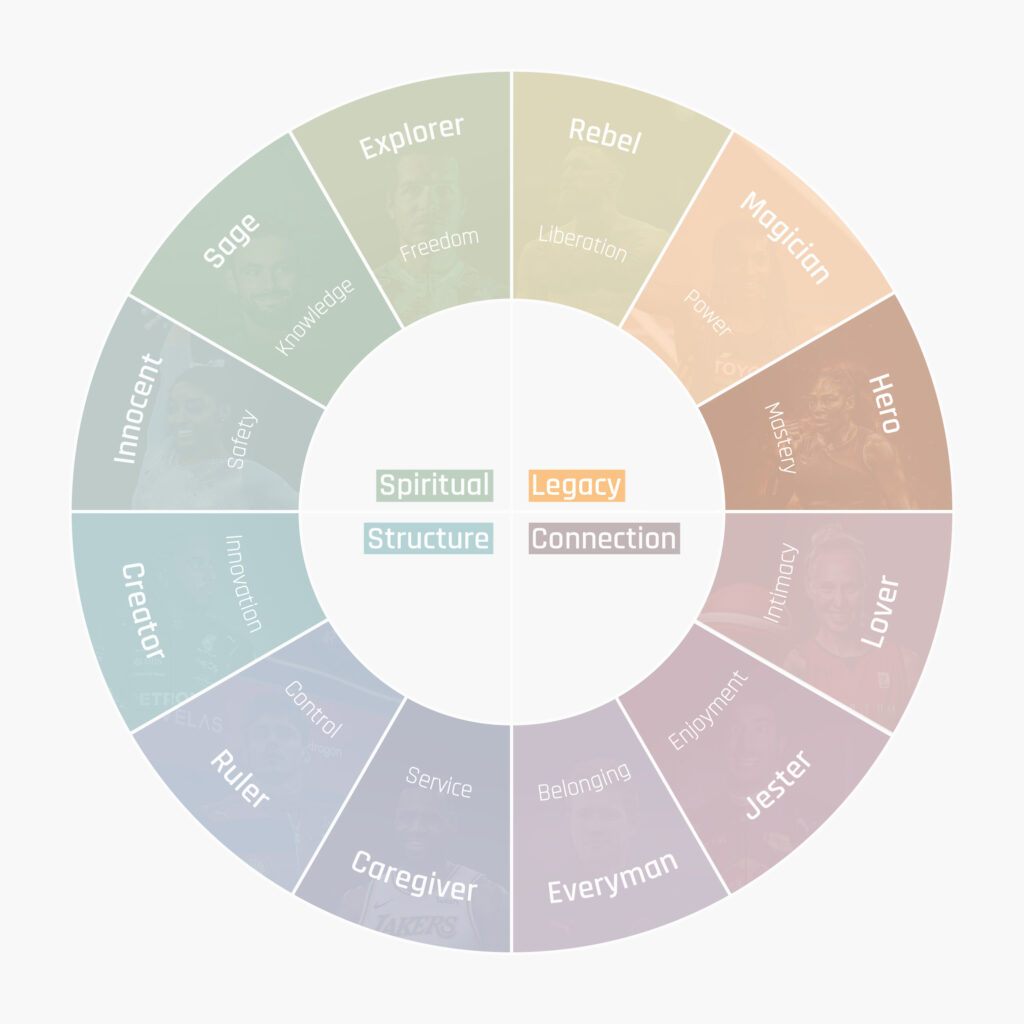
What if your target audience is the hero type?
If your audience is part of the hero archetype, you have to understand that these people can be very competitive and long for achievements. They want to believe in themselves and develop their abilities to face increasingly difficult challenges. They will look for brands that are not afraid to demonstrate their beliefs.
What your strategy boils down to:
Get ready, because being a hero brand takes a lot of hard work. You have to be as relentless in your goals as you are in communicating them to your audience. Take on the tough challenges, because in that process, you’ll inspire others to do the same. These are the people that will become loyal to your brand.
Fonts
Don’t over-complicate your fonts, the message you are communicating is a lot more important than the font you do it with.
Colors
hero brand can go either way. Either use very bold and striking colors or be minimalistic and let your messaging do all the talking.
Messaging
This is the holy grail for hero brands. Your message needs to inspire and challenge people. Speak to your audience and dare them to become more than what they are.
Photography
Strong images that speak. Dramatic close ups or imagery that implies overcoming a
challenge. Imagery can be rough and doesn’t have to be picture perfect.
Somebody that really possesses all of the heroic traits, is Serena Williams. Her career is shaped with many broken records and held the #1 sport in women’s tennis vor 186 consecutive weeks. When her sister was shot when she was only 21 years old, Serena and her family had to face serious challenges. But it was only by utilizing her inner strength and channeling her power into her sport, that she was able to defy the odds and become the icon she is today.
Serena is an excellent example of how confidence, conditioning and a winner’s mindset can help you achieve great things. A quote from her social media perfectly captures what it means to be a hero:
“I’ve never been the right kind of woman. Oversized, and overconfident. Too mean if I don’t smile. Too black for my tennis whites. Too motivated for motherhood. But I’m proving. Time and time again. There’s no wrong way to be a woman”
Just like Serena, a hero has to face challenges and adversity everywhere he/she goes. But true heroes always come out on top.
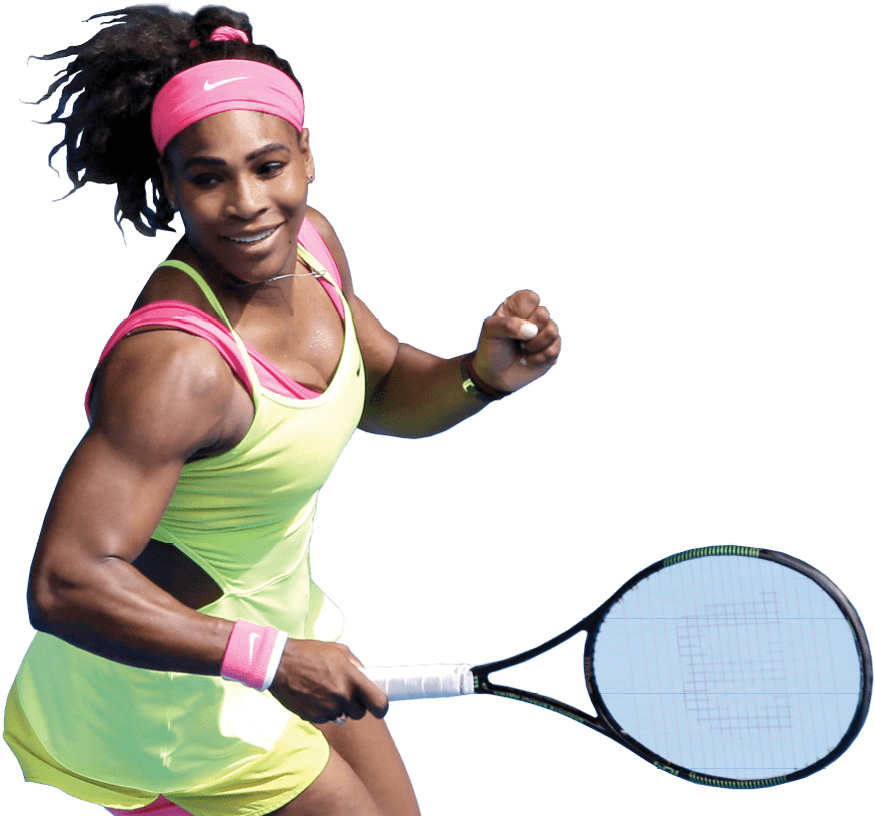
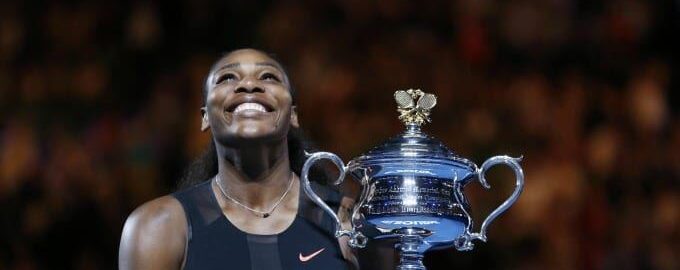
Driven by the emotional desire of Connection
The essence of the Lover archetype:
Connect with people on a deeper level.
What drives you:
Closeness
Affection
Love
Passion
Sensuality
What you fear:
Rejection
Loneliness
Isolation
Invisibility
Emptiness
Some of your personality traits:
Emotional – Loving – Respectful – Intimate – Parental – Friendly – Familial – Spiritual – Romantic – Wholesome.

What if your target audience is the lover type?
A lover audience wants to connect, they want to create meaningful relationships in everything they do. They want to feel special and will search for this in both the people they connect with and the brands they buy and follow.
What your strategy boils down to:
As a lover brand you have to be ready to fully commit to your customers. Doing anything and everything to build a meaningful connection. If you have products and services that help your clients connect better with others, you might have a lover brand.
Fonts
For a lover brand, elegant serifs and handwritten fonts are often used to create a personal, intimate and elegant feel to the brand.
Colors
Deep, passionate or soft colors can be used for lover brands. Try to avoid anything that’s too harsh.
Messaging
The lovers messaging works very well if you use rich, seductive adjectives to pull the reader in. You can be very informal and close to the reader.
Photography
Beautiful objects, soft textures and the occasional sex appeal all belong to the lover’s imagery, with the sole purpose of connecting with the viewer.
Ann is a perfect example of an athlete that fights for connection. She wants everybody to get along and is often found fighting for causes with the same goal.
Whether it is for the LGBTQ community like the #samesportsdifferentsexuality campaign or her constant reminders that sports can bring people closer together.
Everywhere she goes, she builds meaningful relationships with people and you’ll never catch her saying anything that might divide people or a community. She wants to break taboos that aren’t often talked about like mental health all for the cause of bringing people together and understanding each other.
If you’ve ever met Ann or heard her speak, you can instantly feel the warmth and calmness in the way she presents herself.
That is why Ann is a perfect example of a Lover personal brand.
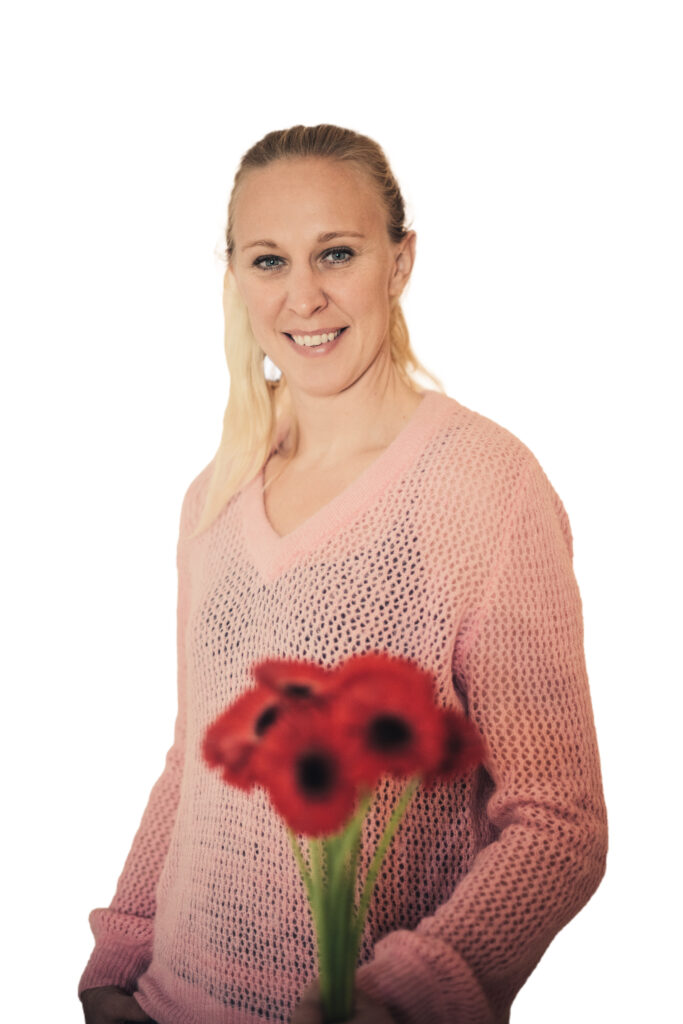
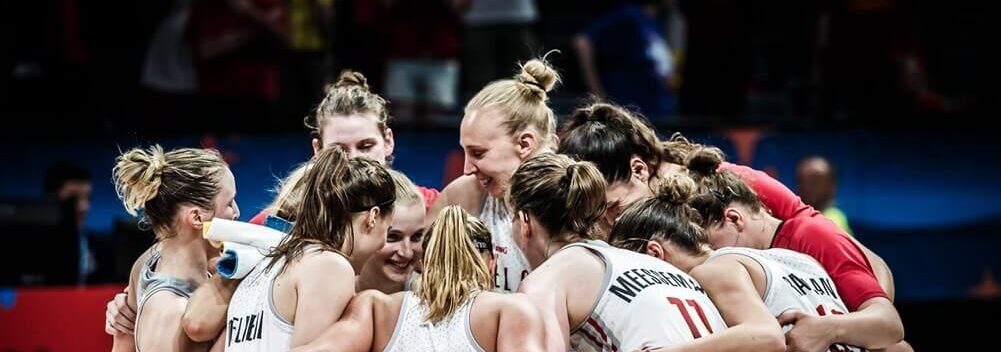
Driven by the emotional desire of Enjoyment
The essence of the jester archetype:
Enjoy everything you do and inspire tohers to do the same
What drives you:
Fun
Laughter
Positivity
Happiness
Being carefree
What you fear:
Boredom
Sadness
Negativity
Loneliness
Bad things
Some of your personality traits:
Casual – Charming – Fun – Energetic – Inclusive – Imaginative – Clever – Cheerful – Cheeky – Genuine – Easygoing – Funny.
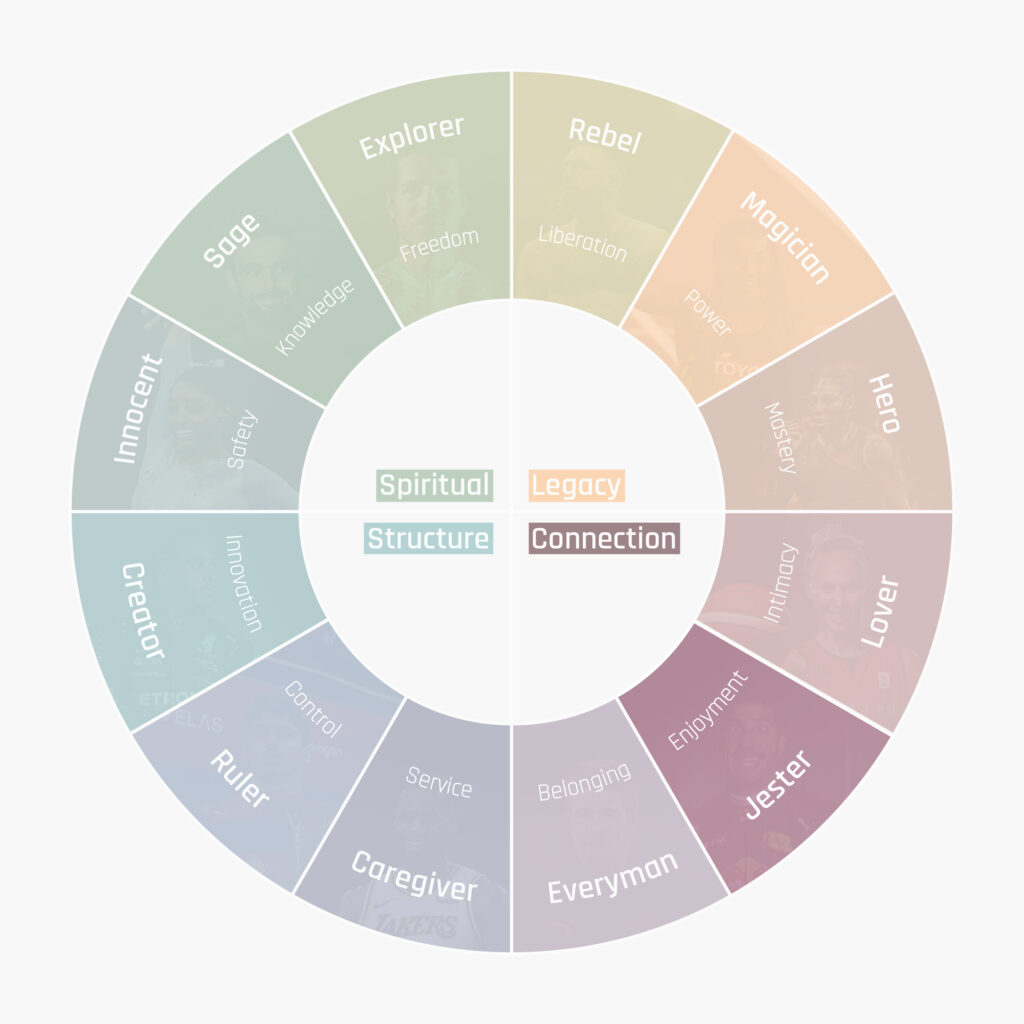
What if your target audience is the jester type?
Your customer base lives in the now. They are not attracted to anything that is taken too seriously and try to find other people that also don’t take life too seriously.
What your strategy boils down to:
In your messaging, it’s important to keep it fun and exciting. Incorporate cleverness in your communication and don’t be afraid to have fun with even the most serious topics. Use your quirkiness to attract people and help them enjoy themselves every step of the way during their experience with your brand.
Fonts
Bold fonts, playful fonts, illustrated fonts work very well for Jester brands.
Colors
The only rule here is just don’t have boring colors. They can pop, they can be saturated, they can even be way over the top.
Messaging
High energy, quirky, witty messaging will work very well for a Jester brand.
Photography
The imagery for a Jester brand can be way over the top. Things that make you laugh or things that make absolutely no sense like the Mailchimp example above.
We really shouldn’t have to say anything besides go look at this video
But if we would have to describe him:
He is an energetic, always moving, fidgety and dare we so a little hyperactive in his personality. Life is a playground for Daniel and anything and everything he does is with radiating energy and enthusiasm. In plenty of interviews, Daniel has mentioned he feels like he is responsible for lifting the team’s spirit whenever they are going through tough times.
His comedic approach is a breath of fresh air in the F1 race world and Daniel is sure to build a large audience with his unique and authentic personality.
The way he chugs champagne from his Redbull shoe is just the cherry on top.
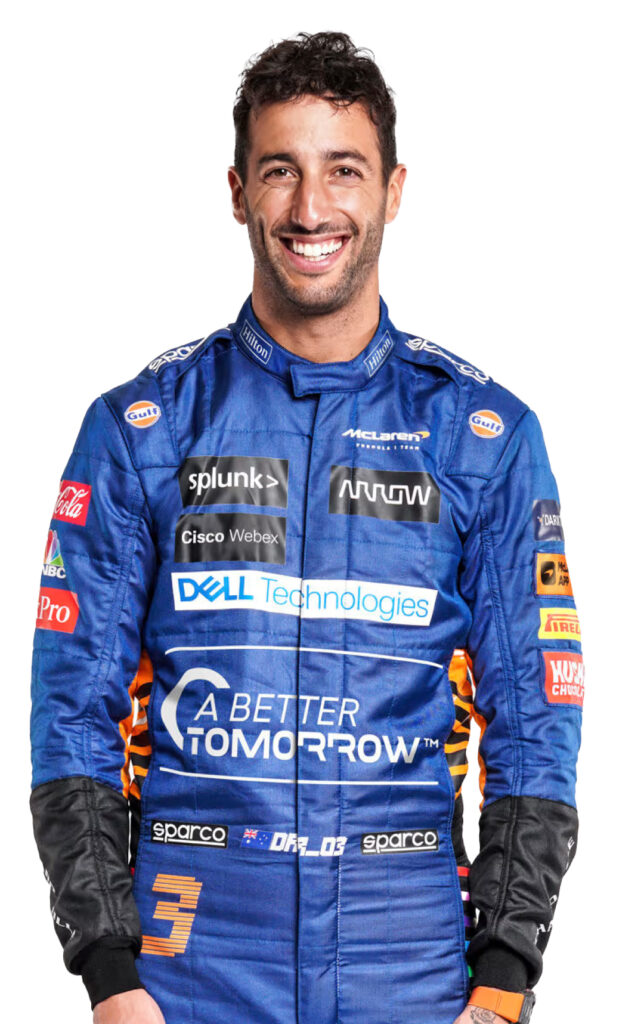

Driven by the emotional desire of Belonging
The essence of the everyman archetype:
The personification of honesty, humility and authenticity.
What drives you:
Connection
Togetherness
Inclusion
Community
Equality
What you fear:
Exclusion
Standing Out
Isolation
Hostility
Hierarchy
Some of your personality traits:
Humble – Helpful – Authentic – Down-to-earth – Honest – Stable – Trustworthy – Familiar – Friendly – Welcoming – Transparant
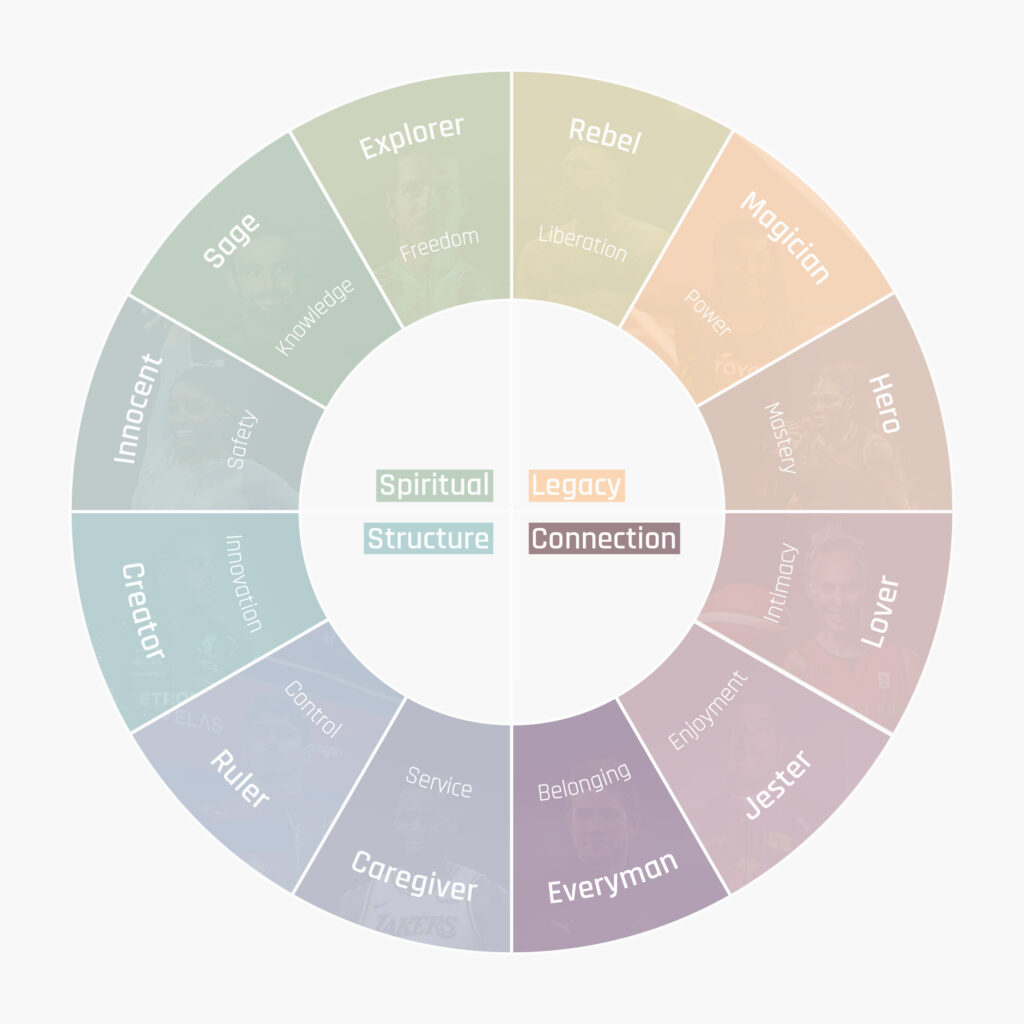
What if your target audience is the everyman type?
The everyman customer is one that believes in being open and respectful to all. They are often humble and enjoy the daily life. They look for others with the same values and are attracted to other friendly, open minded people.
What your strategy boils down to:
If you want to be the everyman, you have to help people feel content and happy with their everyday life. This type of archetype works well for brands that are used in everyday life. Be responsive, approachable and celebrate the small things. In the end it comes down to 3 things for the everyman brand: Be trustworthy and welcoming to all.
Fonts
Usually everyman brands don’t do anything crazy with their fonts. The main focus of an everyman font is that it should be easy to read.
Colors
Often more neutral tones are used for the brand design of an everyman brand. Don’t go too bold or too bright with the colors.
Messaging
Your messaging should be friendly, welcoming, humble and practical. Don’t try to over-complicate things and don’t try to make any shocking statements.
Photography
The imagery of an everyman brand should include and celebrate the people. Use images of the everyday life of your customer and add those to your campaigns.
KDB. The Prince. The Ginger Pele…
All nicknames given to one of the greatest Belgian soccer players to ever walk the planet. Endless awards and thousands of fans dying to watch him play.
But none of that has ever changed who Kevin is. His huge plays on the pitch are in direct contrast to the introvert and quiet personality you can expect from him off the court.
If you google Kevin de Bruyne and “humble”, you’ll find plenty of interviews and articles about the way Kevin reacts to the praise he gets. You won’t find Kevin bragging about his achievements and if you would ask him, he would probably tell you he’s just like everybody else.
He just happens to know how to kick a football.
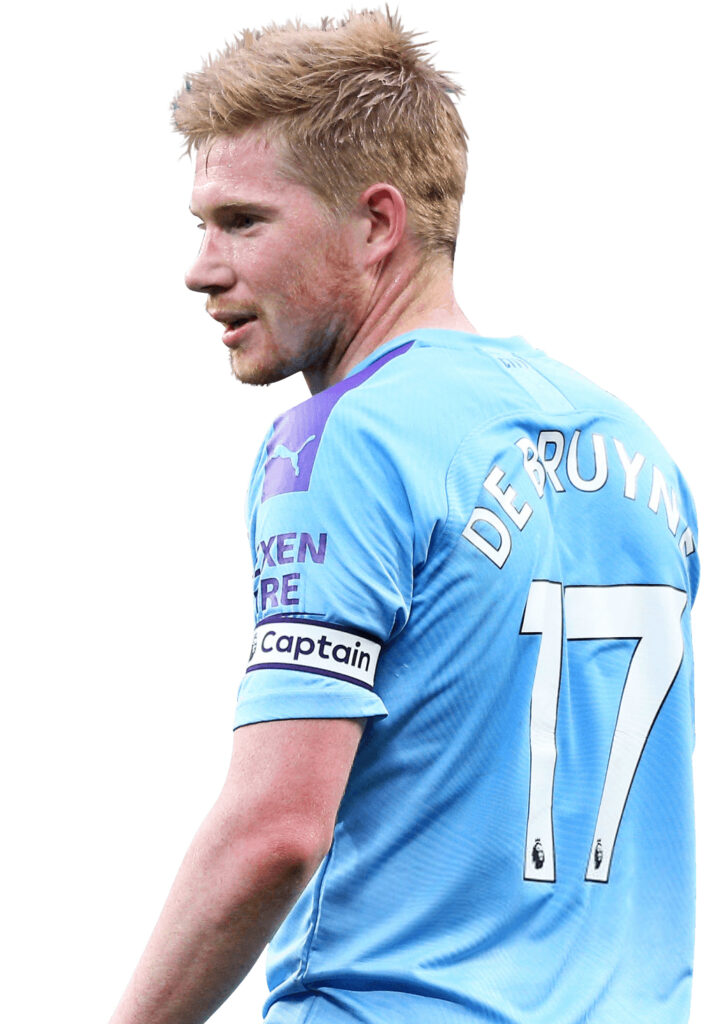

Driven by the emotional desire of Service
The essence of the caregiver archetype:
Putting others before yourself.
What drives you:
Help
Service
Recognition
Gratitude
Philantropy
What you fear:
Neglect
Blame
Ingratitude
Helplessness
Anguish
Some of your personality traits:
Supportive – Compassionate – Nurturing -Altruistic – Empathetic – Generous – Kind – Humble – Warm – Considerate – Protective
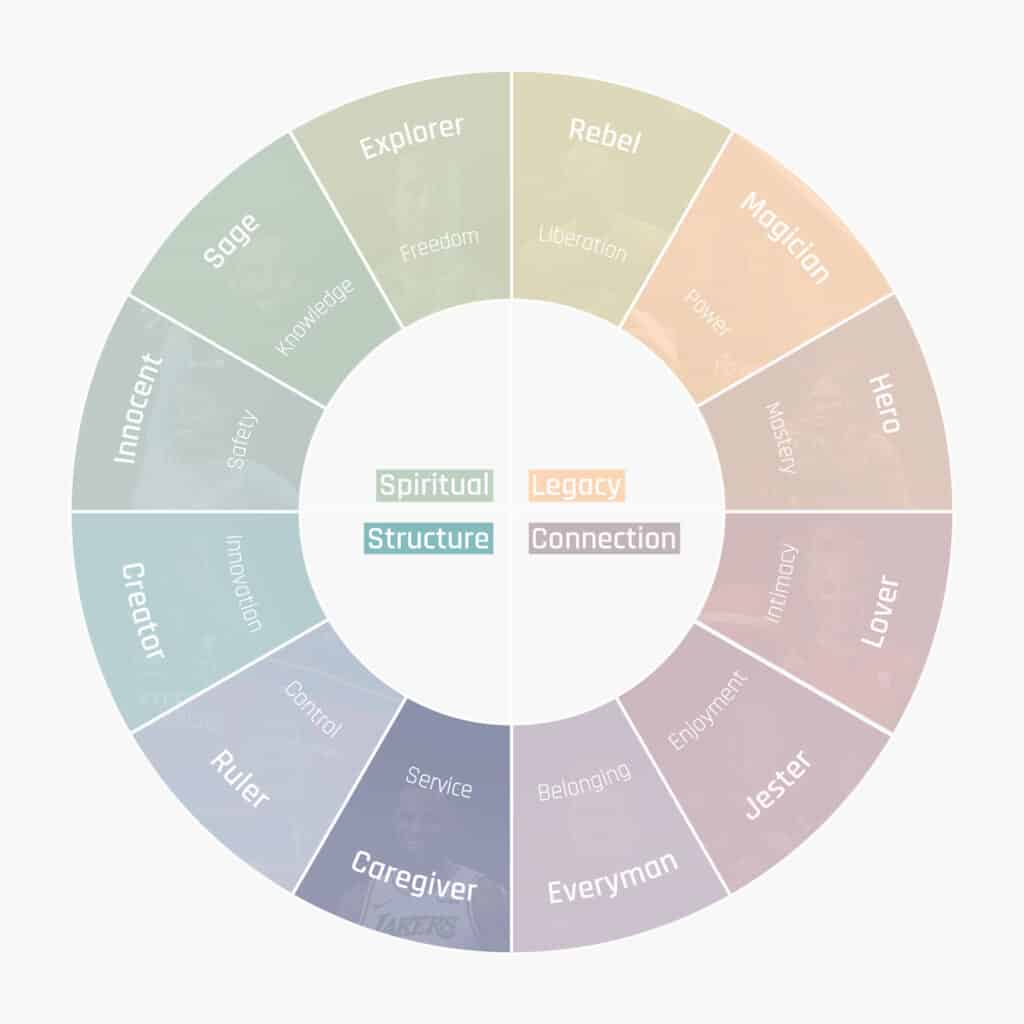
What if your target audience is the caregiver type?
If you have a caregiver customer they want to help others to feel content. Your customers like it when they get recognized for their service to others. But your customers caring for others does not make them naive. Because they are authentic in the help they give others they expect brands to do the same and will only become true fans if you’ve shown that you are there for others.
What your strategy boils down to:
If you really want to help others and protect them from dangers, you might just be a caregiver. As a caregiver brand you must be ready to set your own aspirations and goals aside to tend to others. In your messaging and marketing, you should be very clear in communicating the help and service you provide for others.
Fonts
Usually a caregiver brand will choose rounder or delicate fonts. These are used to not overwhelm your customer and keep them in control when reading.
Colors
Using soft color pallets works great for a caregiver brand. A soft color pallet shows trust and safety.
Messaging
In any of your messaging, it’s important to be considerate. Show your customers you care, be gentle and thoughtful with them.
Photography
Imagery can go both ways, you can either show comfort or happy, content people or you can go the opposite route and show people that are in danger with a message of call to action to help these people out.
Lebron, easily seen as one of the best to ever play the game, has a lot of caregiver personality in him. A lot of people only see the hero side of what Lebron brings but let me show you exactly why he is just as much a caregiver:
For starters, through the Lebron James Foundation, he has donated over 100 million dollars to organisations all over the world. Which is over 10% of his total net worth. Coming from a single parent household without a lot of opportunities, Lebron wants to care for those in a similar position. He even founded a school for children with big dreams and small resources.
It’s not only in the way he gives back, You’ll rarely find Lebron grabbing attention by doing the wrong thing and he’ll always speak and act kind towards others.
He’s a loving father and husband and even when his teammates get hit in the head, Lebron’s father and caregiver instincts get the upper hand.
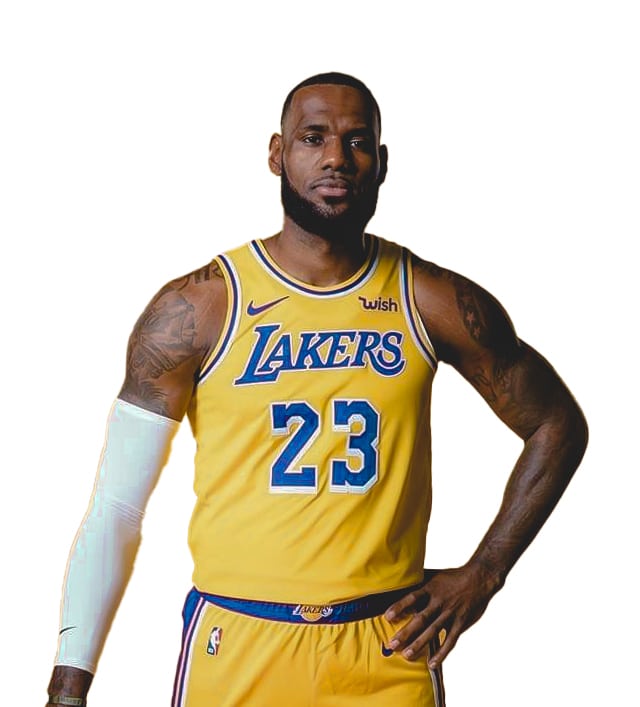

Driven by the emotional desire of Control
The essence of the ruler archetype:
Remove chaos, take control.
What drives you:
Power
Status
Wealth
Success
Leadership
What you fear:
Poverty
Failure
Weakness
Insignificance
Subordination
Some of your personality traits:
Authoritative – Influential – Responsible – Confident – Dominant – Trustworthy – Productive – Well-connected – Luxurious
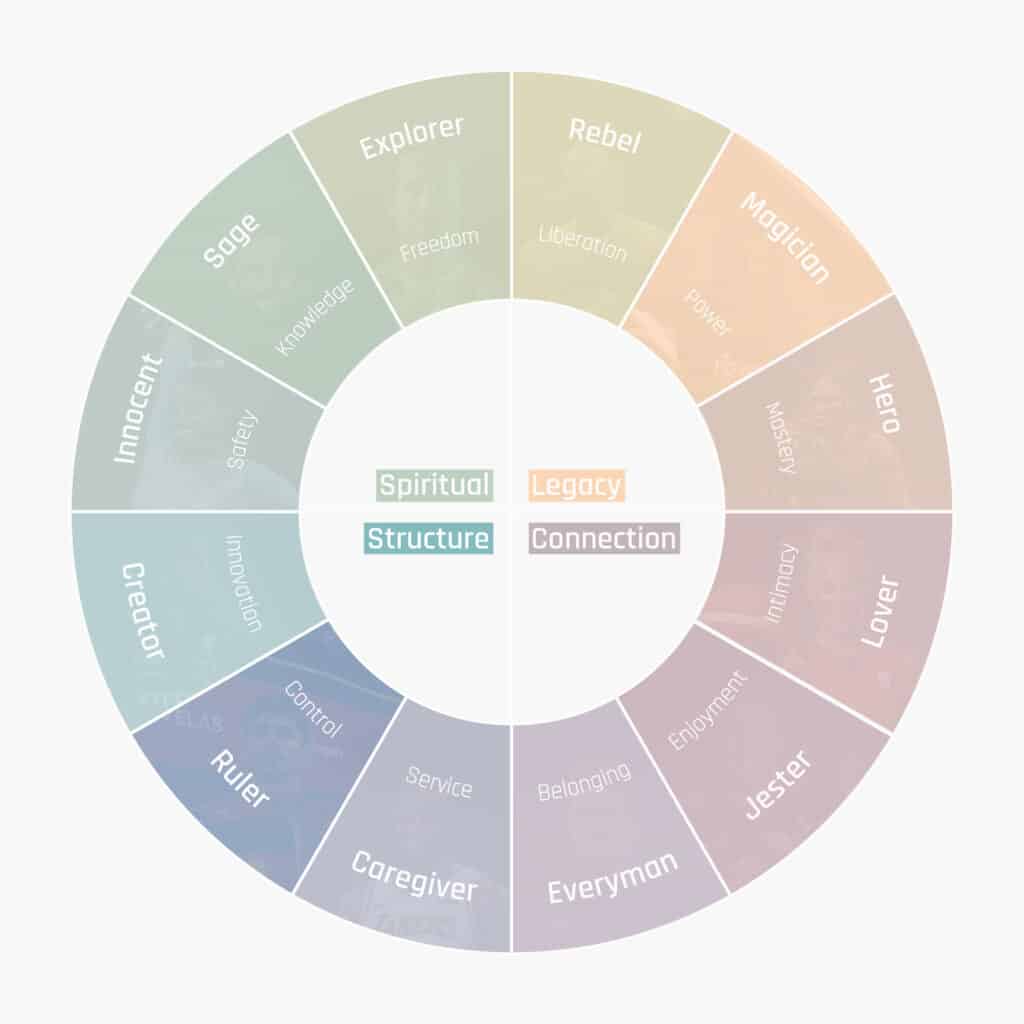
What if your target audience is the ruler type?
If your customer is concerned about how they are perceived by others, they might just be rulers. They want to be in control and be perceived as powerful. They want a life full of achievements and don’t mind responsibility. They don’t like taking orders.
What your strategy boils down to:
If you have a product or service that will give your customer a higher status, you give them structure and security or you just want to dominate your market space… You’re a ruler brand.
Fonts
Timelessness is key with your fonts, if you’re in doubt, go for a safe pick. Pick a font that doesn’t distract from the messaging or imagery.
Colors
Color pallets for ruler brands are often more classical without over-saturating or using crazy or over the top combinations.
Messaging
Your messaging is meant to impress. It should be sophisticated and refined, infusing people with confidence through your words.
Photography
The imagery used is often classic and sophisticated or shows a high status.
Did you know Charles has a 47,000 dollar piano? That’s pretty much all you need to know about what it means to be a ruler brand. Charles loves classy things and how those things affect his image. Expensive watches, a 2 million dollar yacht and more cars than you can drive in a week.
You’ll almost always find Charles in luxury situations and he’s not afraid to boast his accomplishments and luxurious on his social media.
Adding to the fact that formula 1 is a sport that is all about control. Charles success comes from knowing exactly how to stay in control, on and off the track.
Luxury and high class brands are always looking for the right Rulers to be ambassadors for their brand, which is why brands like Ferrari, Armani and Ray-Ban are glad to have Charles on their side.
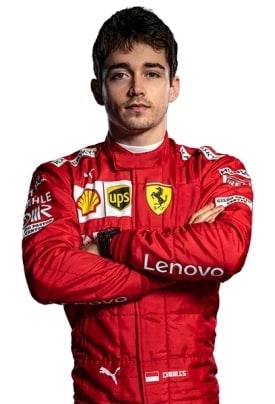

Driven by the emotional desire of Innovation
The essence of the creator archetype:
Express yourself in innovative ways
What drives you:
Creation
Originality
Self-Expression
Vision
Imagination
What you fear:
Stagnation
Duplication
Boredom
Indifference
Monotonous things
Some of your personality traits:
Innovative – Creative – Resourceful – Authentic – Unique – Ambitious – Experimental – Dreamer – Expressive – Determined
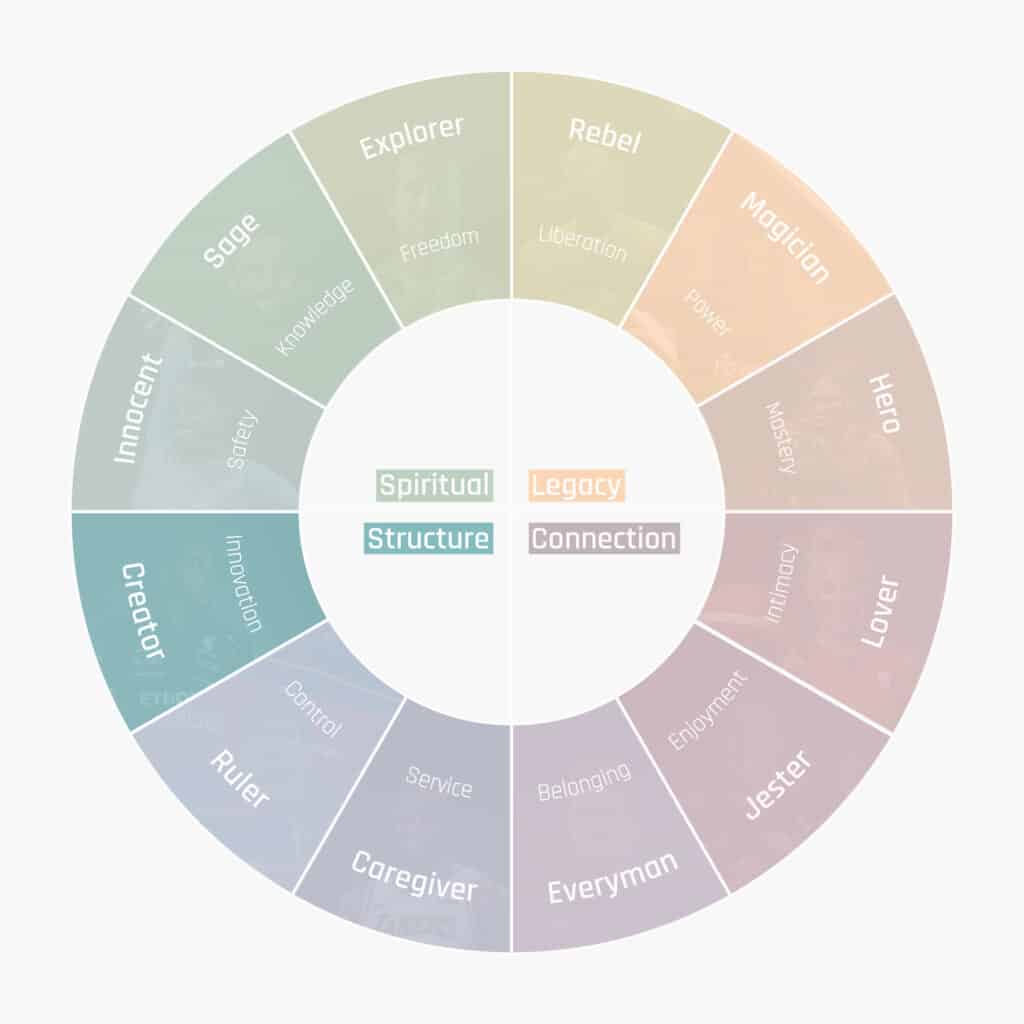
What if your target audience is the creator type?
If you have a creator customer, know that these people like high quality items, but not to show a symbol of status. It is their way of self-expression. These people are always trying to find their next project. Cheap and badly produced stuff turns a creator customer base off.
What your strategy boils down to:
Your products or services either have to do 1 of 2 things. Disrupt the world by innovation or allow people to express themselves by using your brand.
Fonts
Fonts can be used in 2 ways. Either have a very imaginative font that shows your awesome design skills, or use a basic font to not distract from other imagery that you want people to focus on.
Colors
A creators colors can be all kinds of things. The most important part being the colors should be very well matched in contrast, causing pleasing images.
Messaging
Your messaging has to be unique, it should be descriptive while magical at the same time.
Photography
Just like your messaging, your imagery has to be unique. People want to see something they have never seen before. But you can also show an innovative product you have created.
2 F1 drivers in a row? Well we couldn’t leave out Lewis Hamilton. Him winning the 2021 sports innovation award is reason enough to mention him here.
A lot of his succes comes from his endless drive to innovate within his sport. He helped design both the steering wheel and the seats in his cars. He always wants to stay one step ahead of his competition by always utilising something others haven’t even heard of. Other brands always look at Lewis as the leader when it comes to developing new products for race cars, copying his innovative ways along the way.
Lewis doesn’t just let a team of engineers do the innovation for him, he’s actively involved in every step of the process. Just listen to him talking so passionately about his steering wheel.
Now how does he as a creator help other be creative? Well the Hamilton Engineering school for kids is a perfect example of Lewis inspiring the next generation to stay crrative.
